How to grow happy trees and precautions, happy tree pictures
Last Update :2024.04.25
Article Catalog
To cultivate a happy tree, place it in a sunny place and provide adequate shade in summer. Plants grow faster when the temperature is 20-28°C. If the temperature exceeds 28℃, you need to spray water to cool down, and in winter, you need to keep warm. The soil is generally prepared by mixing garden soil, leaf mold, organic fertilizer and river sand. During the growth period, sufficient water should be provided to keep the soil moist. Liquid fertilizer should be applied once a month during the growth period. It should be noted that watering must not be too much, and fertilizers must be fully diluted.

1. Breeding methods
1. Breeding methods
1. Light: The happy tree itself likes light, but is also shade-tolerant. You can usually place it in a sunny place so that it can receive sunlight throughout the day. In summer, pay attention to avoid light to prevent the leaves of the plant from being burned.
2. Temperature: Happiness tree is more suitable to grow in a warm environment. When the temperature is between 20-28℃, the growth rate is relatively fast. If the temperature exceeds 28℃, it is necessary to cool it down and put it in a ventilated and cool place to spend the summer. In winter, it should be moved to a warm place indoors, and the temperature should not be lower than 8℃.
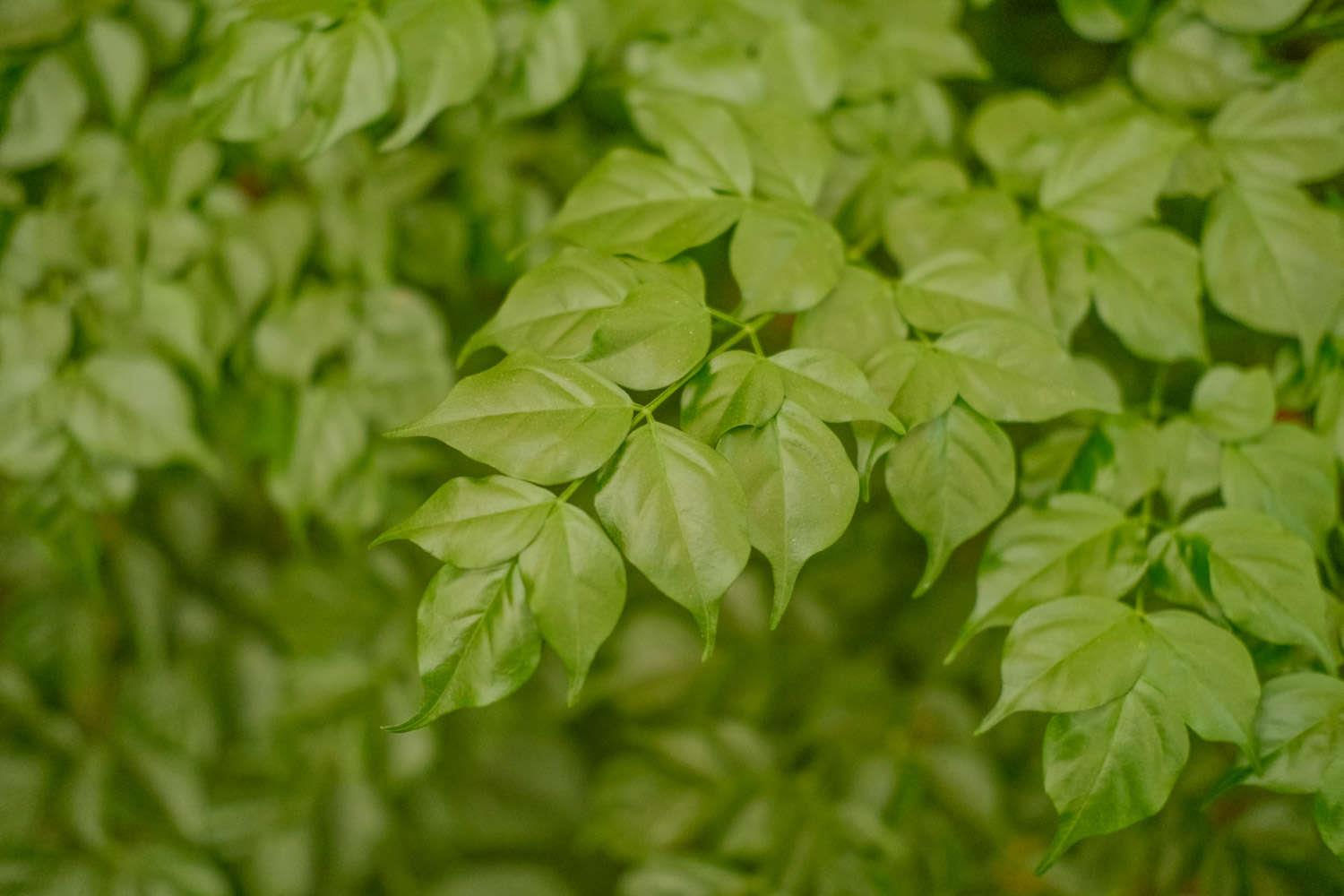
3. Soil: Happy trees are usually planted in In loose, fertile, organic matter-rich culture soil. It can be prepared with garden soil, leaf humus soil, organic fertilizer and river sand. The ratio of the four is 5:3:1:1. Make sure the soil is slightly acidic, and feed the soil once a month to ensure aeration of the roots.
4. Watering: The happy tree will sprout new shoots in spring. At this time, relatively sufficient water should be provided to keep the soil moist. The temperature is high in summer. In addition to watering in time, you also need to spray water on the leaves to moisturize, which can also have a cooling effect. It rains a lot in autumn, so timely drainage is needed to avoid water accumulation and root flooding. In winter, water must be strictly controlled and cold water cannot be used for irrigation.
5. Fertilization: When fertilizing happiness trees, decomposed cake fertilizer is generally used as the base fertilizer. Liquid fertilizer should be applied once a month during the growth period, and decomposed cake fertilizer and water are mostly used. For large plants, slow-release compound fertilizer particles can be applied regularly, but smaller plants do not need it. Potassium dihydrogen phosphate should be supplemented after the Mid-Autumn Festival in the north to survive the winter.
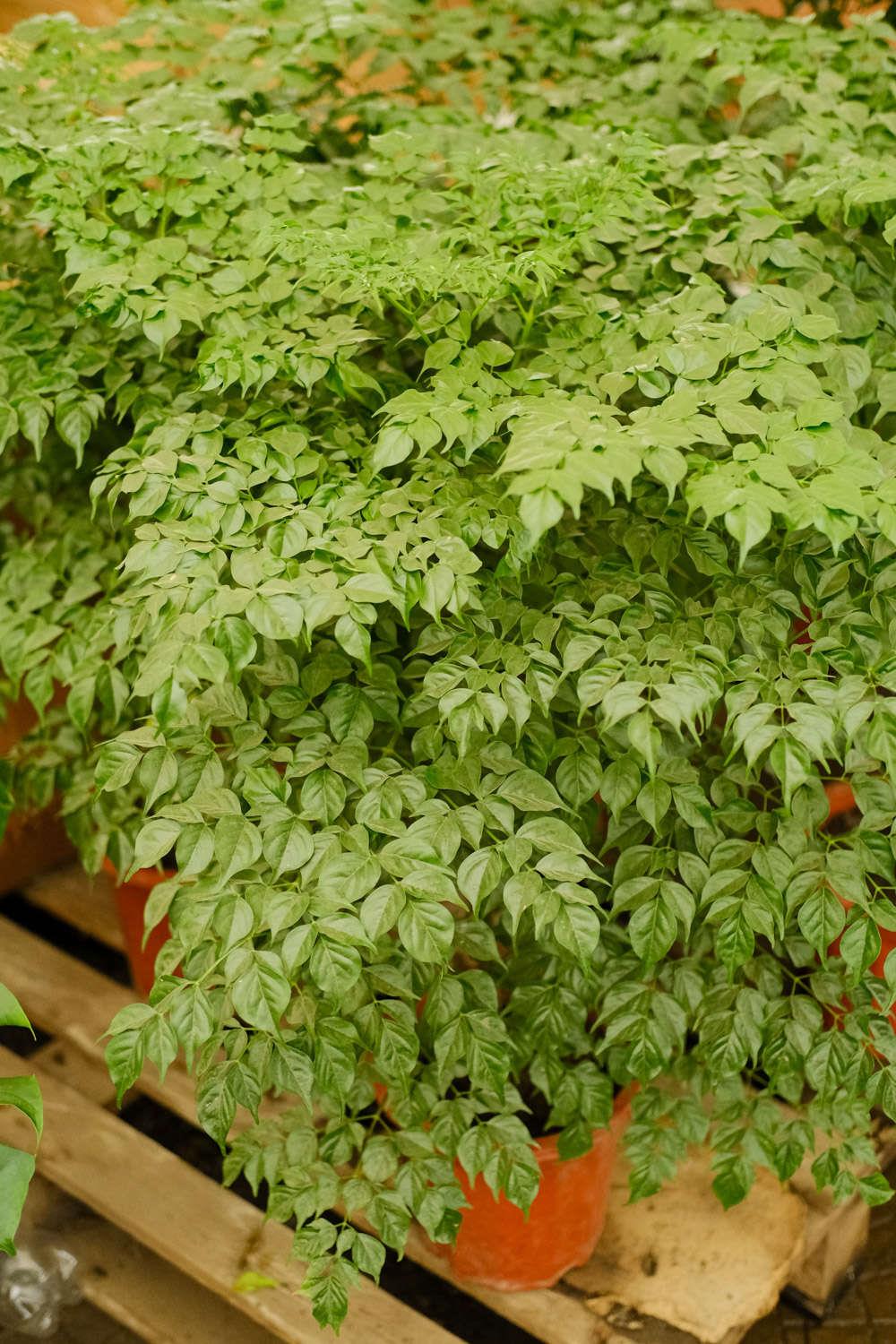
2. Precautions
1. Control the amount of water: When watering the happy tree, you must control the amount of water. Once water is poured too much and water accumulates, it will easily lead to root rot, thus affecting plant development. Therefore, water accumulation should be drained as soon as possible, and the soil should be loosened appropriately to accelerate the evaporation of water in the soil.
2. Diluted fertilizer: It must be diluted before fertilizing, and raw fertilizer cannot be used. It must be fully decomposed. Raw and concentrated fertilizers will burn the roots of the plants and affect their absorption of water and nutrients. In this case, remove the pot immediately, trim the rotten roots, and then replant with sterilized soil.
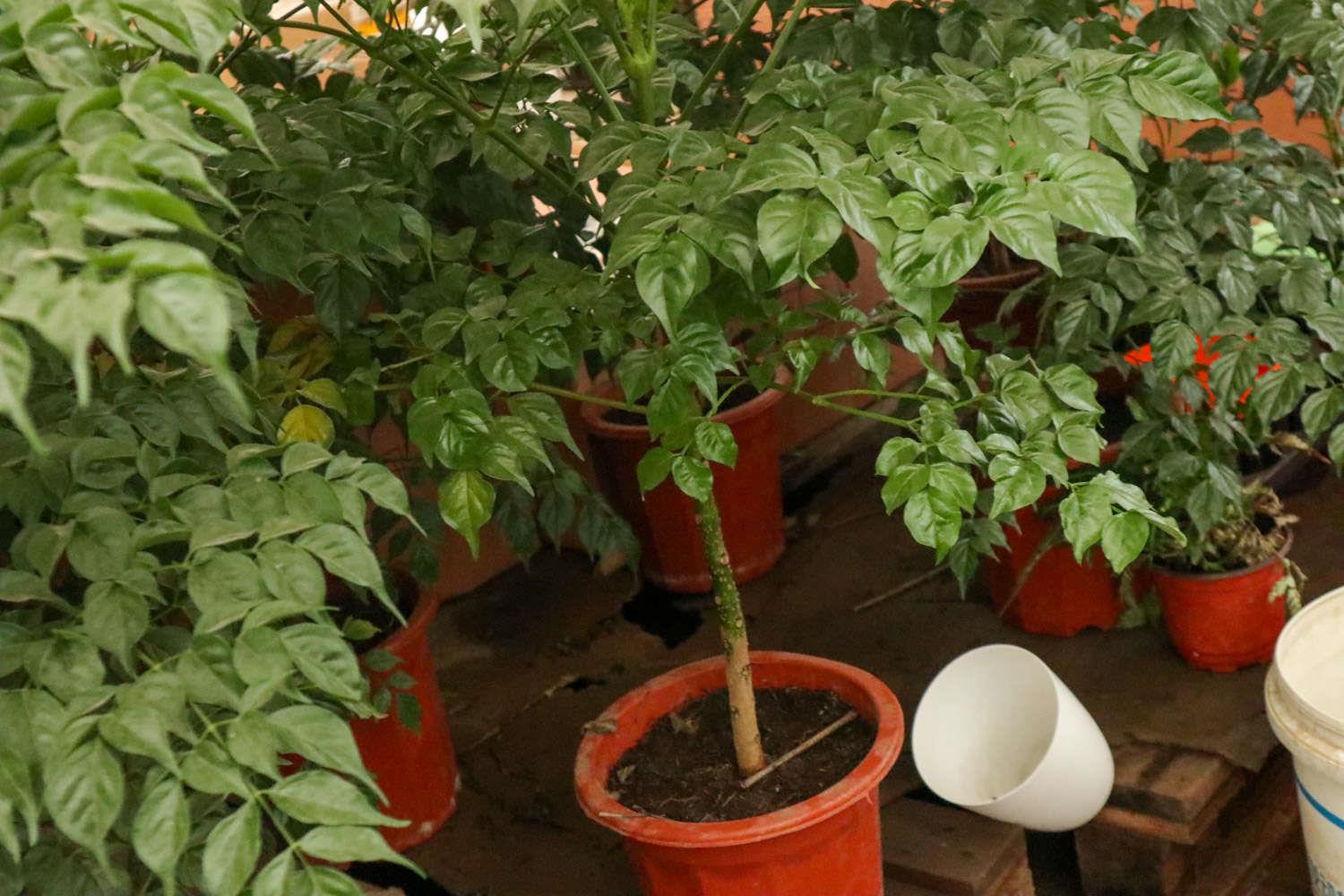
3. Pictures
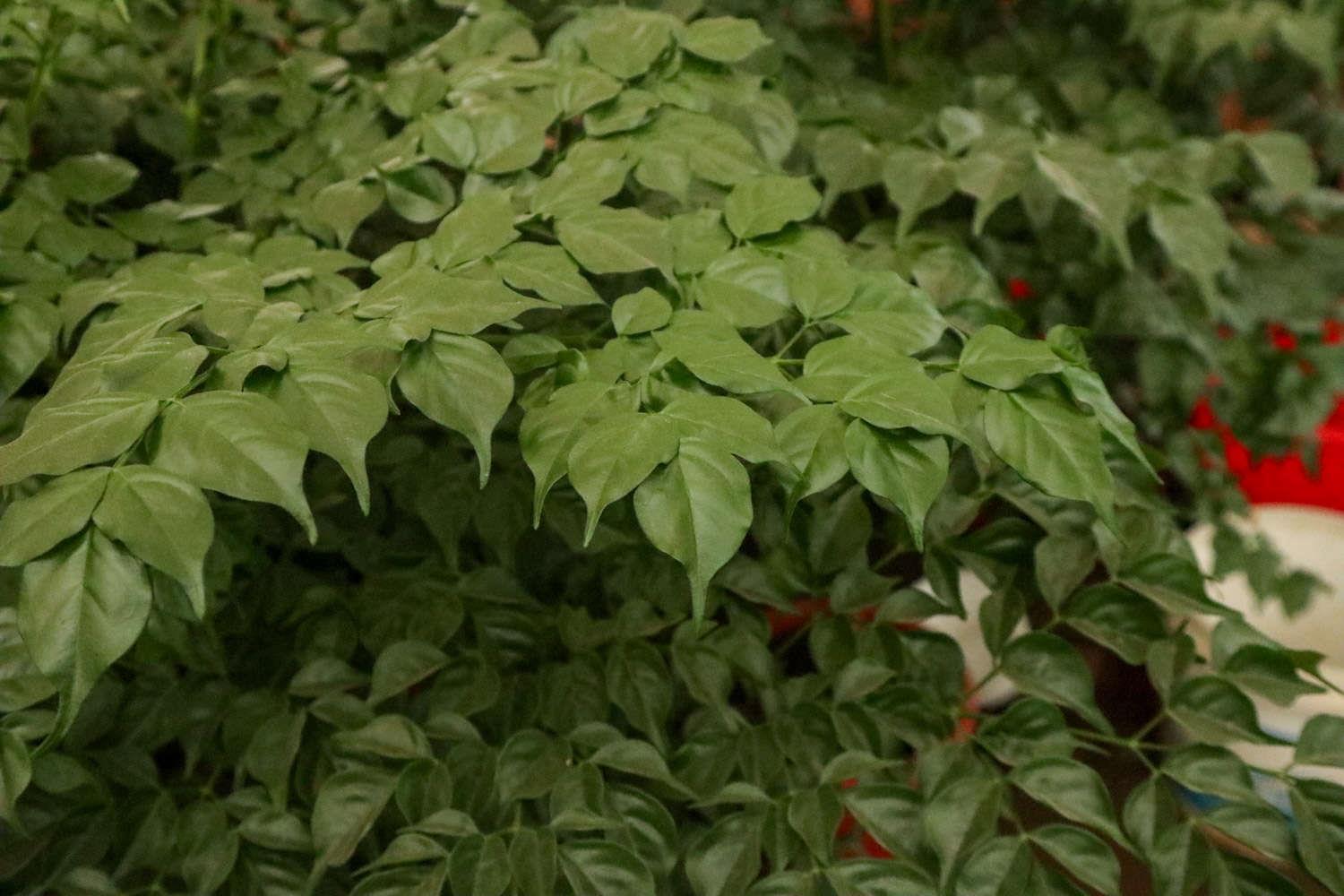

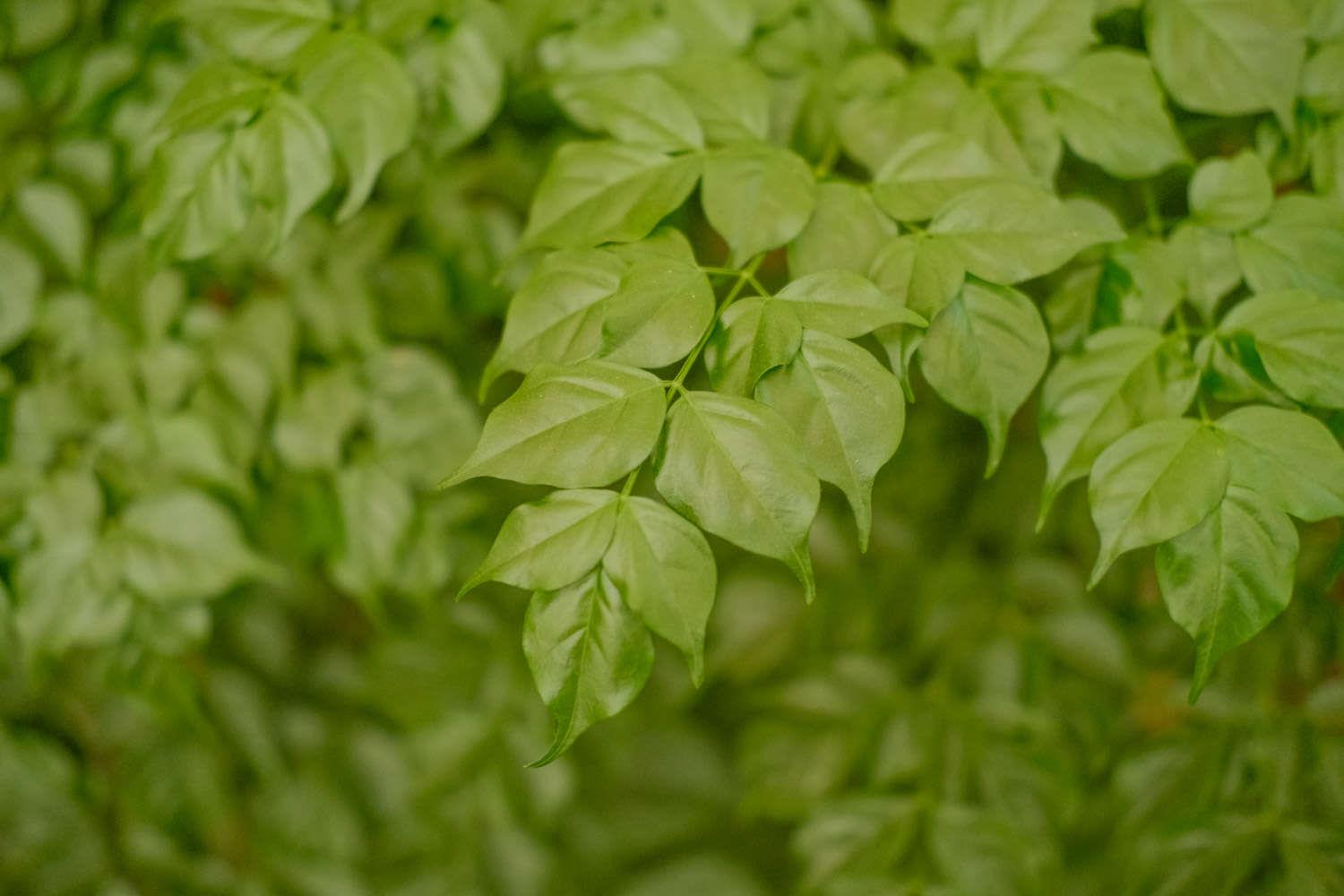
2. Precautions
3. Pictures
- END -
How to overwinter Gypsophila and how to preserve it

During winter, it is best to move Gypsophila indoors, or wrap it in film or bags t...
A better grape variety than Sunshine Rose

1. Queen Nina: Queen Nina grape has high yield, strong reversibility, uniform frui...